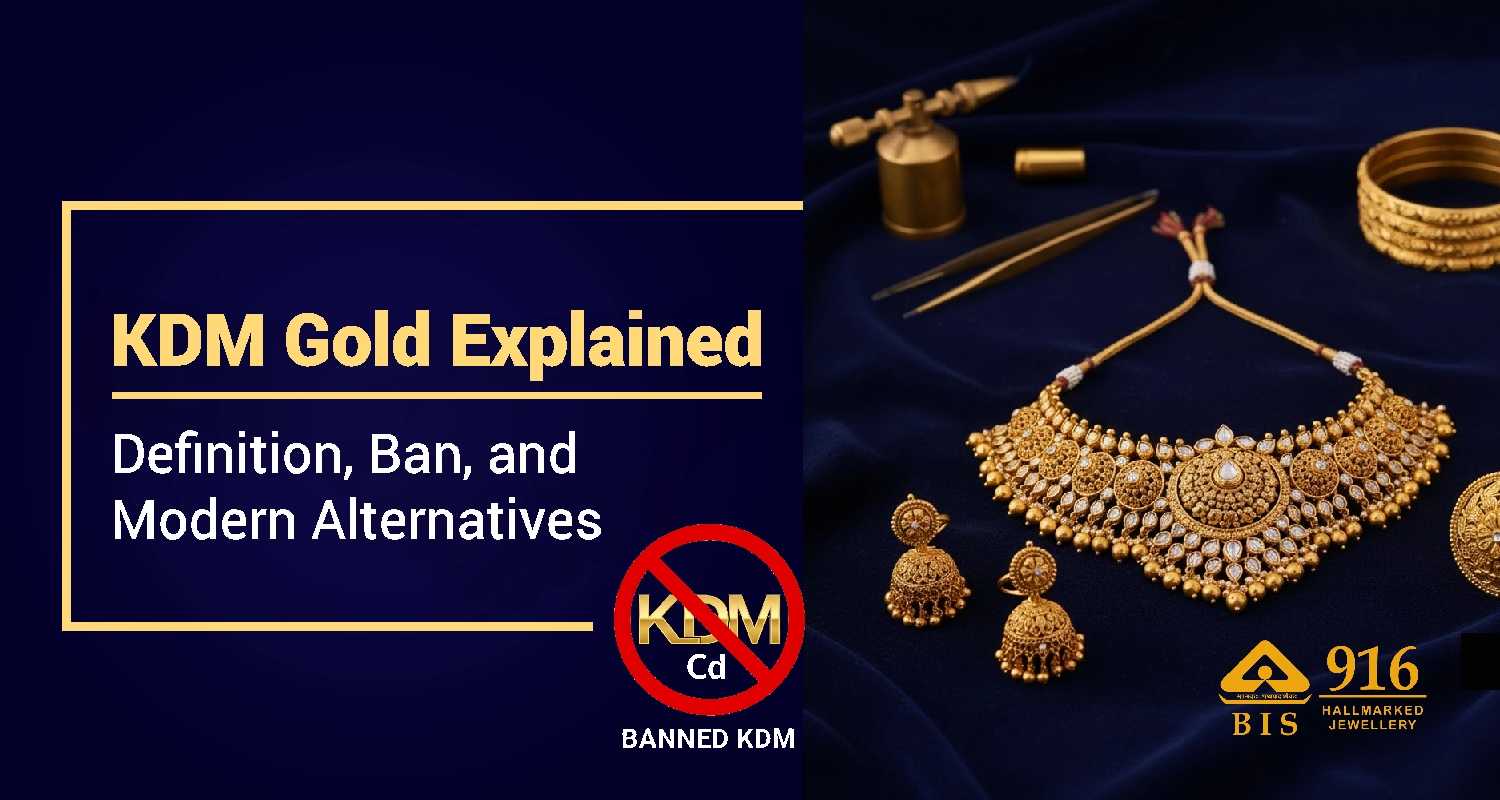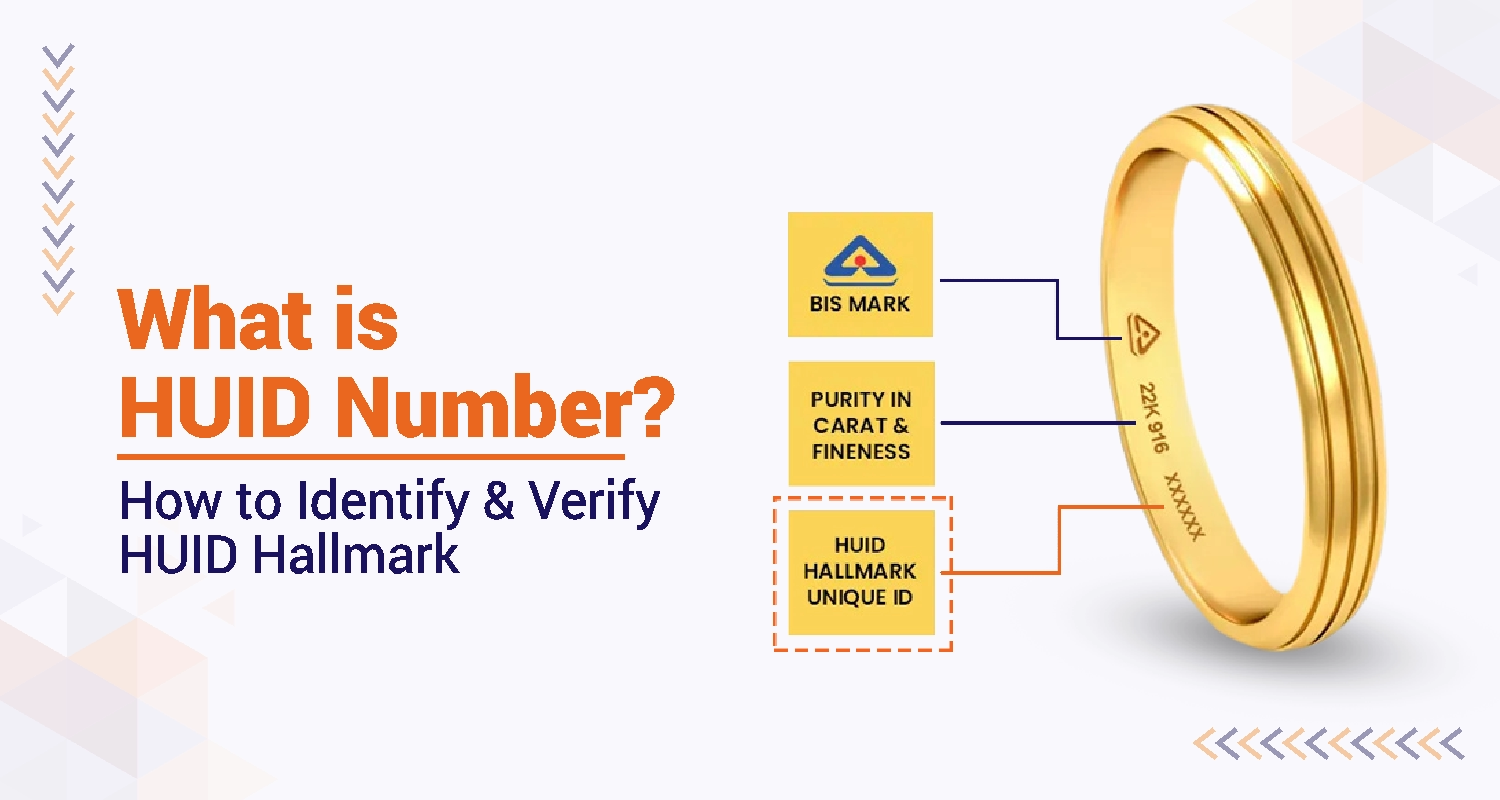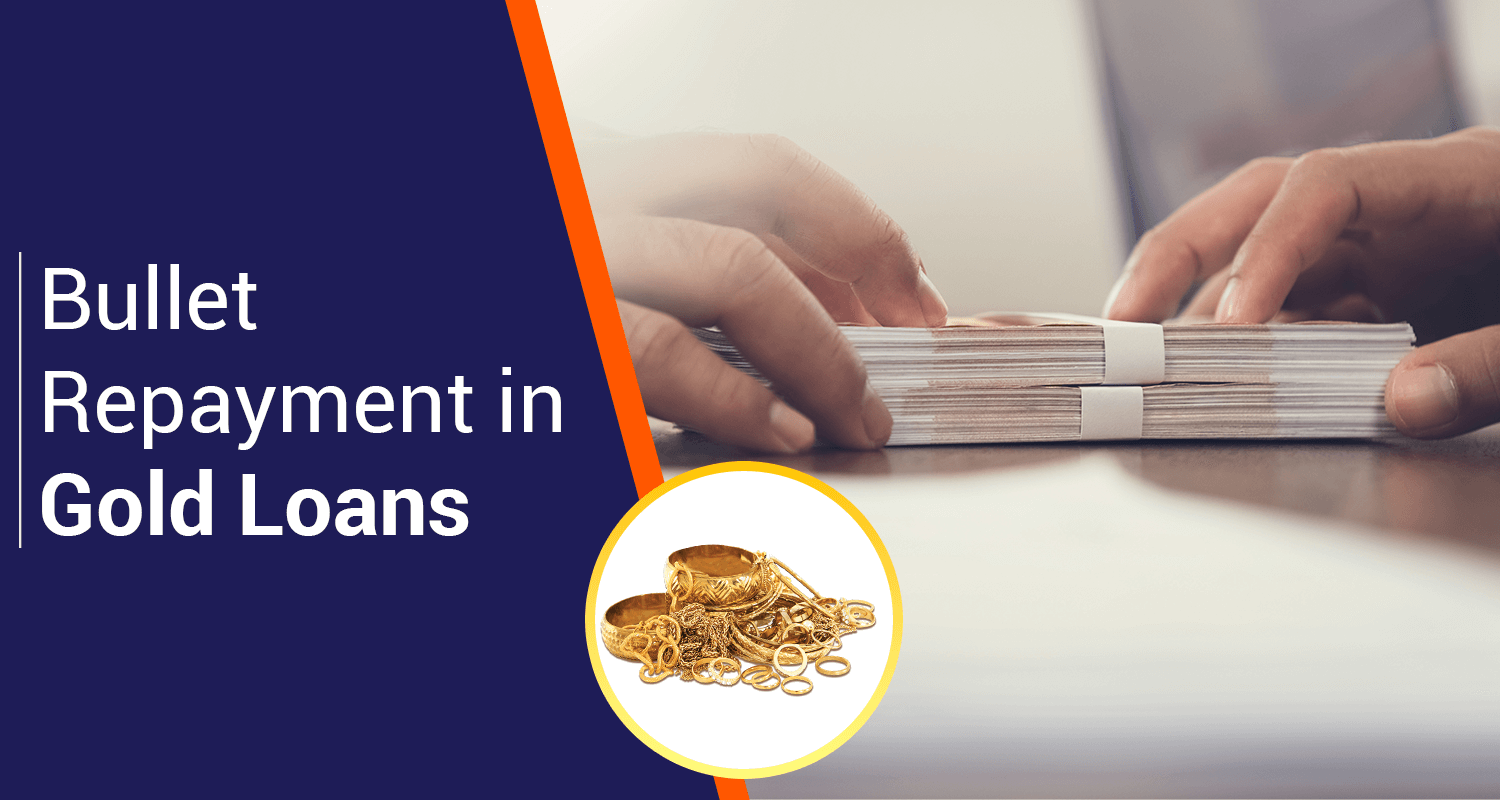KDM Gold Explained – Definition, Ban, and Modern Alternatives

For a majority of Indians, gold is more than just a precious metal. It is a tradition, an emotion, and a trusted form of wealth. Whether it is a wedding, festival or everyday investments, gold jewellery has always held a special place in almost every household. But with changing times, there has been a rising awareness among buyers and they are curious to know about the finer details. They enquire about different karats, hallmarking, and even the methods used in crafting jewellery. This curiosity often brings up one particular term: KDM gold. Many jewellers and advertisements still use the label, but most buyers are unsure of what it really means, whether it is safe, and if it is the right choice. If you’ve ever wondered “what is KDM gold?” or tried to understand “KDM meaning in gold”, this article will take you through the process, step by step. We will explore its history, the reasons for its widespread use, the reasons for its ban, and safer alternatives to consider today.
What is KDM Gold?
In simple terms, KDM gold refers to gold jewellery soldered using a cadmium-based solder. The solder is a joining alloy (not the main gold) used to attach parts like links, clasps, and stone settings. In India, across the jewellery stores, “kdm gold means” cadmium-soldered jewellery. However it has to be noted that KDM is not a formal BIS term. BIS standards for hallmarking require jewellery to be free from cadmium, so KDM-made pieces cannot be hallmarked under current norms.
Full form of KDM in gold: In retail usage, people use “KDM” as shorthand for “cadmium solder.” It is not a chemical symbol or an official BIS category; it simply points to the use of cadmium during soldering.
Why was it popular among jewellers earlier?
Cadmium lowers the melting point of solder, making it easier to join high-karat (e.g., 22K/916) pieces without deforming them. Hence, many jewellers made use of KDM while making jewellery ornaments.
Historical Use of KDM Gold
In earlier times, many workshops. especially those working in 22K used cadmium-based solders because they flowed at lower temperatures and produced neat joints with a good colour match. This practicality made “KDM” a common shop-floor phrase and a selling label in many markets. Trade literature from that time lists cadmium-bearing solder recipes alongside cadmium-free variants, reflecting how routine this practice once was.
Why Was KDM Gold Banned
Health hazards: Cadmium being a chemical element is toxic. The fumes emitted during soldering can harm lungs and kidneys. Moreover prolonged exposure to cadmium is also linked to cancer (classified as carcinogenic by IARC). Even wearers may face risk from cadmium migration in some scenarios, but the bigger danger historically was to artisans inhaling fumes.
Regulatory actions in India: BIS amended IS 1417:2016 to state that gold alloys used for manufacturing jewellery/artefacts shall be free from cadmium, and hallmarking text was updated to reflect “free from cadmium.” This effectively excludes KDM-soldered pieces from hallmarking.
Global crackdowns: The EU’s REACH rules restrict cadmium in jewellery to 0.01% by weight, reflecting global consensus against cadmium in consumer jewellery.
Enforcement flavour today: Indian authorities continue to police hallmark misuse and non-HUID items; BIS field actions and seizures are reported periodically, underscoring strict compliance.
Current Situation
Is KDM gold still available?
In many of the informal markets you may still hear about KDM, but hallmarked jewellery must be cadmium-free. Where mandatory hallmarking applies, selling cadmium-soldered jewellery is effectively out of bounds because it cannot meet BIS hallmarking norms.
Where is hallmarking mandatory?
The Government has expanded mandatory hallmarking in phases across hundreds of districts and reinforced HUID (unique ID) on each hallmarked item. (Kundan, Polki, Jadaau have limited exemptions.) This push has shifted both jewellers and buyers toward safer, compliant pieces.
Alternatives to KDM Gold
What replaced KDM solder?
Jewellers switched to cadmium-free solders, typically based on gold-silver-copper-zinc systems and, in some cases, small amounts of indium or tin to lower melting points—without cadmium. India’s IS 3095 specifies properties for gold solders used in jewellery.
Why buy BIS hallmarked gold instead of “KDM gold”?
- Safety: Cadmium-free by design under BIS norms.
- Purity assurance: Marked fineness (e.g., 22K/916) backed by an accredited hallmarking centre.
- Traceability:HUID lets you verify the piece digitally.
- Consumer protection: Expanding legal enforcement reduces mis-selling.
For example,
You see two 22K necklaces: one is marketed as “KDM gold,” the other carries BIS Hallmark with 916 and a 6-character HUID. The hallmarked piece can be verified in minutes on the BIS CARE app, giving you confidence on purity and compliance. On the other hand, the “KDM” label cannot be hallmarked under current BIS rules.
Disclaimer : The information in this blog is for general purposes only and may change without notice. It does not constitute legal, tax, or financial advice. Readers should seek professional guidance and make decisions at their own discretion. IIFL Finance is not liable for any reliance on this content. Read more



